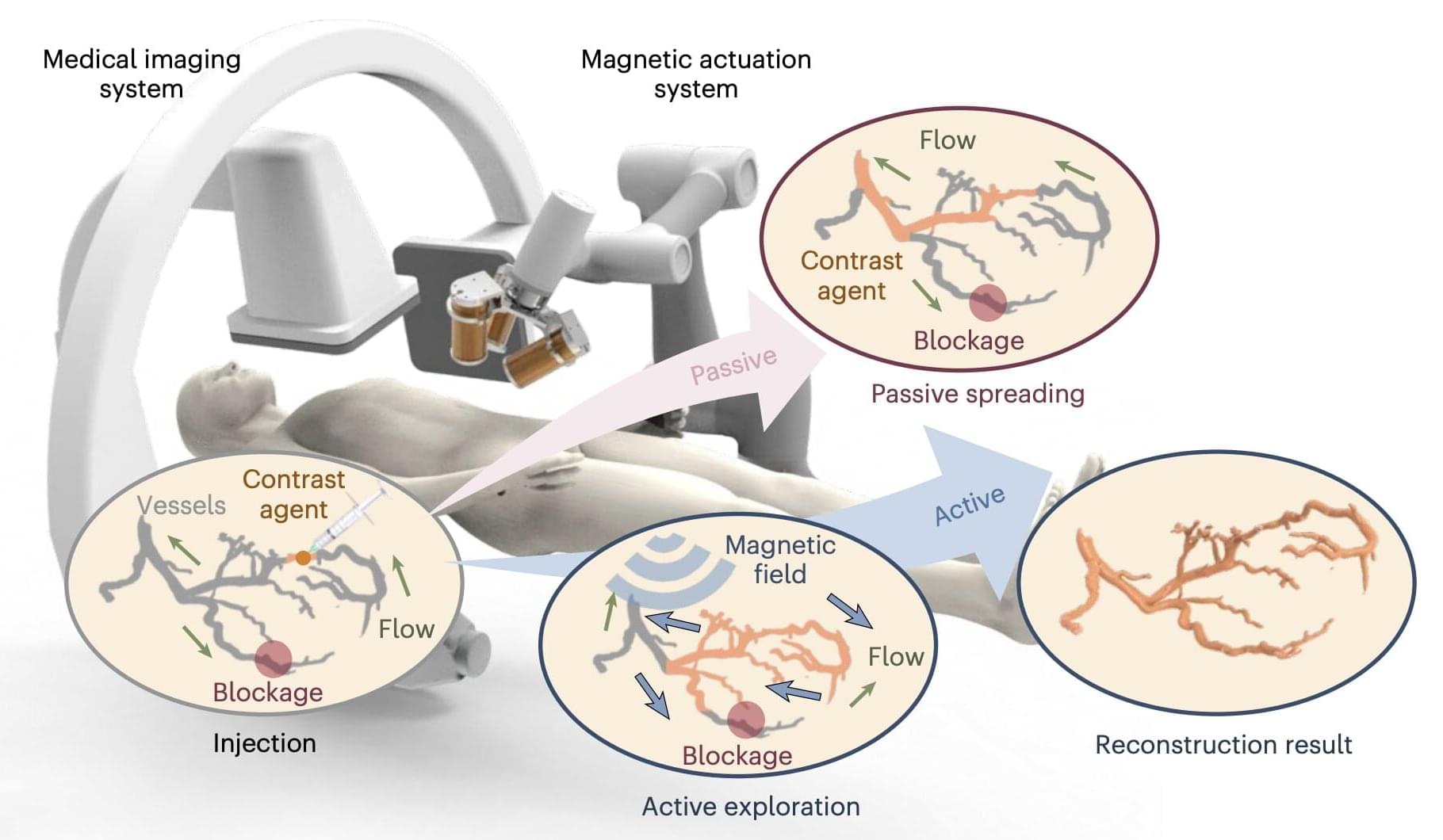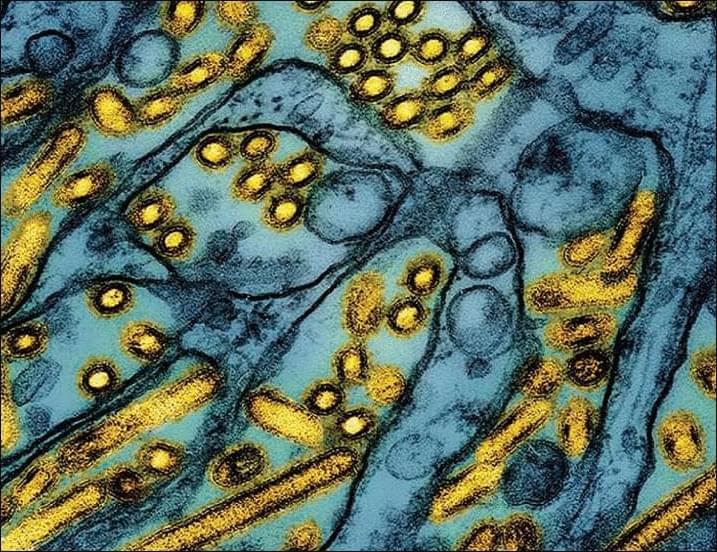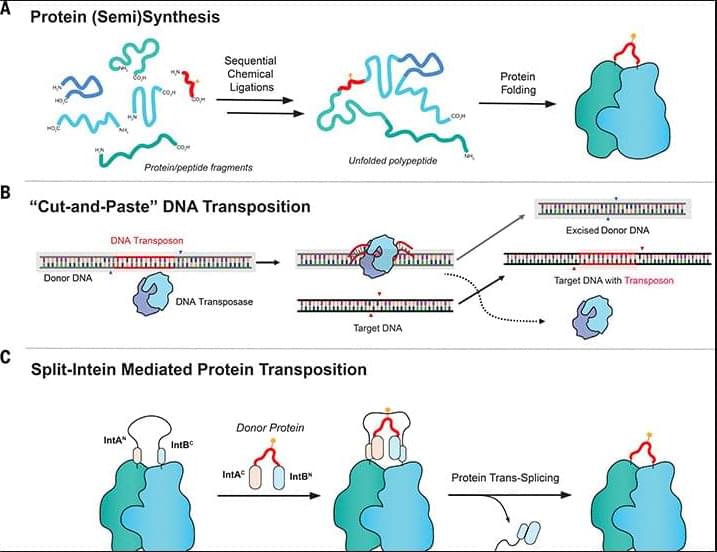After nine years of painstaking work, an international team of researchers on Wednesday published a precise map of the vision centers of a mouse brain, revealing the exquisite structures and functional systems of mammalian perception.
To date, it is the largest and most detailed such rendering of neural circuits in a mammalian brain.
The map promises to accelerate the study of normal brain function: seeing, storing and processing memories, navigating complex environments. As importantly, it will deepen the study of brain diseases in anatomical and physiological terms—that is, in terms of the wiring and the relationships between circuits and signals. That’s especially promising for diseases that may arise from atypical wiring, such as autism and schizophrenia.







